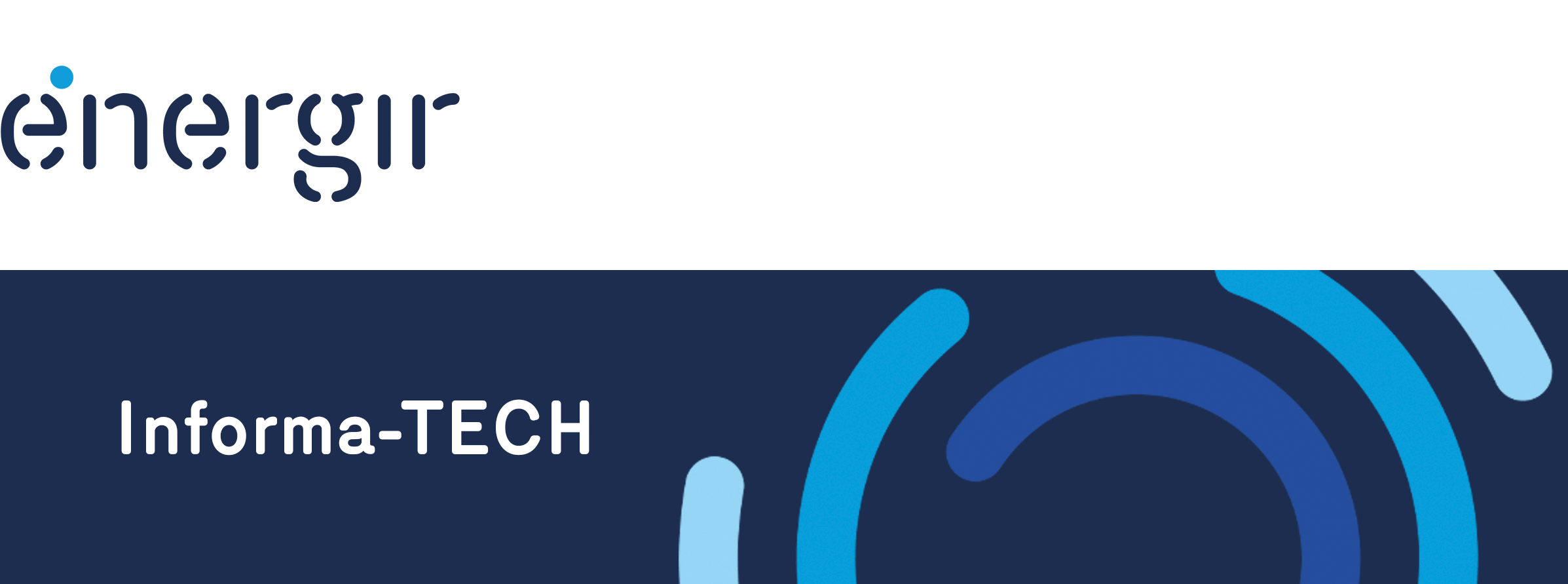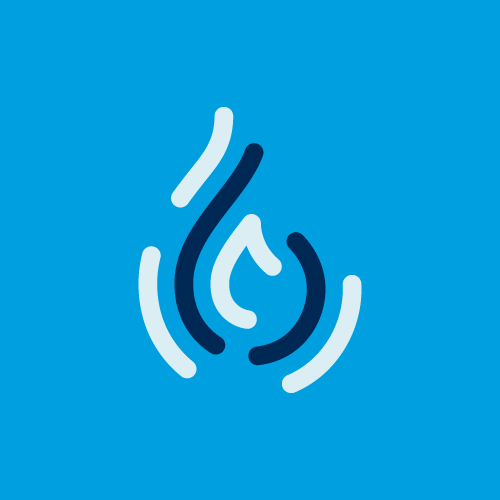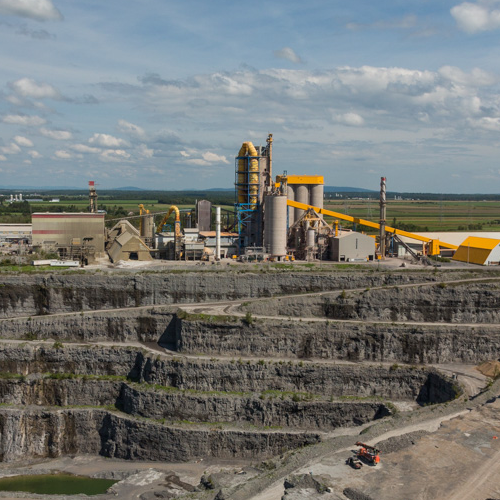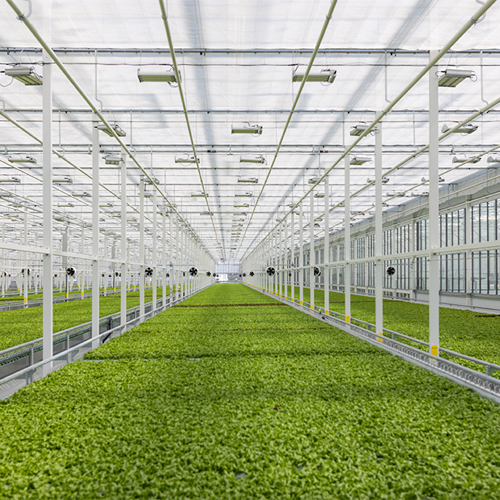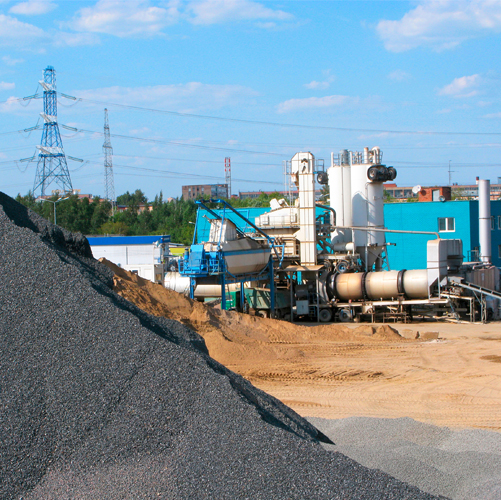LEED certification in a sustainable development context is an unavoidable necessity. The objective expected from such certification is to reduce a building’s ecological footprint on its environment. At the same time, reduction of the building’s greenhouse gas (GHG) emissions is an ideal to achieve. The first reflex is to seek to eliminate natural gas from the energy balance at any price, even though it is the fossil energy source that emits the least GHG. Moreover it is easy to believe, wrongly, that LEED and geothermal are closely related and that without geothermal, certification is impossible.
Mandated by Gaz Métro, the firm Bouthillette Parizeau analyzed various solutions regarding energy and economic performance. The results show that a building using natural gas can easily achieve Prerequisite 2 (EAp2i) of the LEED Canada Energy and Atmosphere category for New Construction and Major Renovations, and also obtain points at least cost for Credit 1 (EAc1ii) of this same category.
The Bouthillette Parizeau study concerns three buildings: a long-term residential care centre (CHSLD) (8,200 m2), an office building (5,700 m2) and a mixed purpose building (office space and warehouse) (6,000 m2). The results for the first two buildings are presented below. Since work on the third building is not completed as this article is written, the results may be disclosed at a later date.
The CHSLD case
For this first case, four solutions were analyzed. Their characteristics appear in Table 1. An energy simulation with these parameters was performed while considering certain parameters common to all of these solutions.
Table 2 indicates the energy performances obtained for each solution. All depending on the objective sought by the property owner, there is a varied choice of technologies. Indeed, in a perspective of seeking to obtain a LEED Certified building (1st level of certification), it may seem interesting to opt for Solution 1, which offers a 35% energy saving compared to MNECB 97. However, this result is distorted: due to the fact that the reference building runs on natural gas, the use of electric baseboards for perimeter heating generates savings in terms of GJ but not in operating costs, as prescribed by LEED. Similarly, if all-electric solution were, the building would not achieve the same target energy performance and EAp2 would be hard to attain without additional measures.
Solution 2 presents an alternative to Solution 1 by opting for perimeter hot water heating. In addition to easily achieving Prerequisite 2 of EA, one point is obtained in EAc1. The percentage monetary saving is 27%, and energy performance is 29%. This solution results in an additional construction cost of more than $100,000 (see Table 3), but the savings are nearly $24,000 a year.
Solution 3 seeks to offer both energy and economic performance with the commonly used but highly efficient gas technologies. Condensation equipment has been established in Quebec for many years and the advantages of radiant floor heating are recognized. This solution may seem costly at first glance (additional cost of $29,000 – Table 3), but the savings generated are around $43,000/year, which provides a 6-year return on investment (ROI) without subsidies. In addition, 3 EAc1 points are obtained. Finally, if this solution is compared with one that uses geothermal (Solution 4), the results of the study show us that, in addition to having an additional capital cost of nearly $430,000, geothermal generates a slightly lower saving in operating costs without offering more points for EA Credit 1. However, it must be noted that the two solutions are not necessarily technically comparable, since Solution 3 (gas – condensation) uses a highly efficient heat recovery system to achieve overall building performance at least equivalent to Solution 4 (geothermal). Knowing that one LEED point has the same value as the credit, it then becomes more advantageous to opt for a gas solution with a lower capital cost, providing results similar to geothermal.
Table 1 – Description of the solutions studied – CHSLD
| Parameters | Solution 1 | Solution 2 | Solution 3 | Solution 4 |
| Main energy source | Gas | Gas | Gas | Electricity |
| Technology | Boiler | Boiler | Condensing boiler | Geothermal with auxiliary electricity |
| Efficiency | 85% | 85% | 95% | COP 2.8 |
| Perimeter heating | Electric baseboards | High temperature hydronic heating | Radiant heating | Radiant heating |
| Heat recovery | Heat Pipe | Heat Pipe | Aluminium cassettes | Heat Pipe |
| Air recovery efficiency | 55% | 55% | 85% | 55% |
| Domestic hot water efficiency | 95% | 95% | 95% | 100% |
| Cooling | Rotary – 100 tonnes – COP 3.2 | Rotary – 100 tonnes – COP 3.2 | Rotary – 100 tonnes – COP 3.2 | Heat pump – COP 4.1 |
| Heat discharge | Air condenser | Air condenser | Air condenser | Geothermal |
Table 2 – Results of energy simulations – CHSLD1
| Solution 1 | Solution 2 | Solution 3 | Solution 4 | |
| Technology | Boiler | Boiler | Condensing boiler | Geothermal with auxiliary electricity |
| Percentage of energy reduction compared to MNECB 97 | 35% | 29% | 38% | 35% |
| Percentage saving ($) | 16% | 25% | 33% | 34% |
| EAc1 | No point | 1 point | 3 points | 3 points |
Table 3 – Additional capital cost and savings on operating costs* – CHSLD
| Solution 1 | Solution 2 | Solution 3 | Solution 4 | |
| Technology | Boiler | Boiler | Condensing boiler | Geothermal with auxiliary electricity |
| Energy cost savings | N.A. | $23,950 | $43,250 | $32,345 |
| Additional capital cost | N.A. | $103,940 | $289,950 | $428,130 |
* Compared to Solution 1
Table 4 – Case study: office building
| Solution 1 | Solution 2 | Solution 3 | |
| Main energy source | Gas | Gas | Electricity |
| Technology | Boiler | Condensation boiler | Geothermal with auxiliary electricity |
| Parameters | |||
| Efficiency | 86% | 95 % | COP 3.8 |
| Perimeter heating | Hot water heating | Hot water heating | Hot water heating |
| Heat recovery | None | Thermal wheel | Heat Pipe |
| Air recovery efficiency | N.A. | 70% | 55% |
| Domestic hot water efficiency | 95% | 95% | 100% |
| Chilling | Rotary – 150 tonnes – COP 3.8 | Rotary– 150 tonnes – COP 3.8 | Heat pump – COP 4.1 |
| Heat discharge | Air condenser | Air condenser | Geothermal |
| Energy simulations – Results | |||
| Percentage of energy reduction compared to MNECB 97 | 25% | 34% | 34% |
| Percentage saving ($) | 27% | 33% | 37% |
| EAc1 | 1 point | 3 points | 3 points |
| Cost* | |||
| Energy cost savings | N.A. | $5,760 | $173 |
| Additional capital cost | N.A. | $34,500 | $435,370 |
Technical Advisor
DATECH Group
Continue reading



